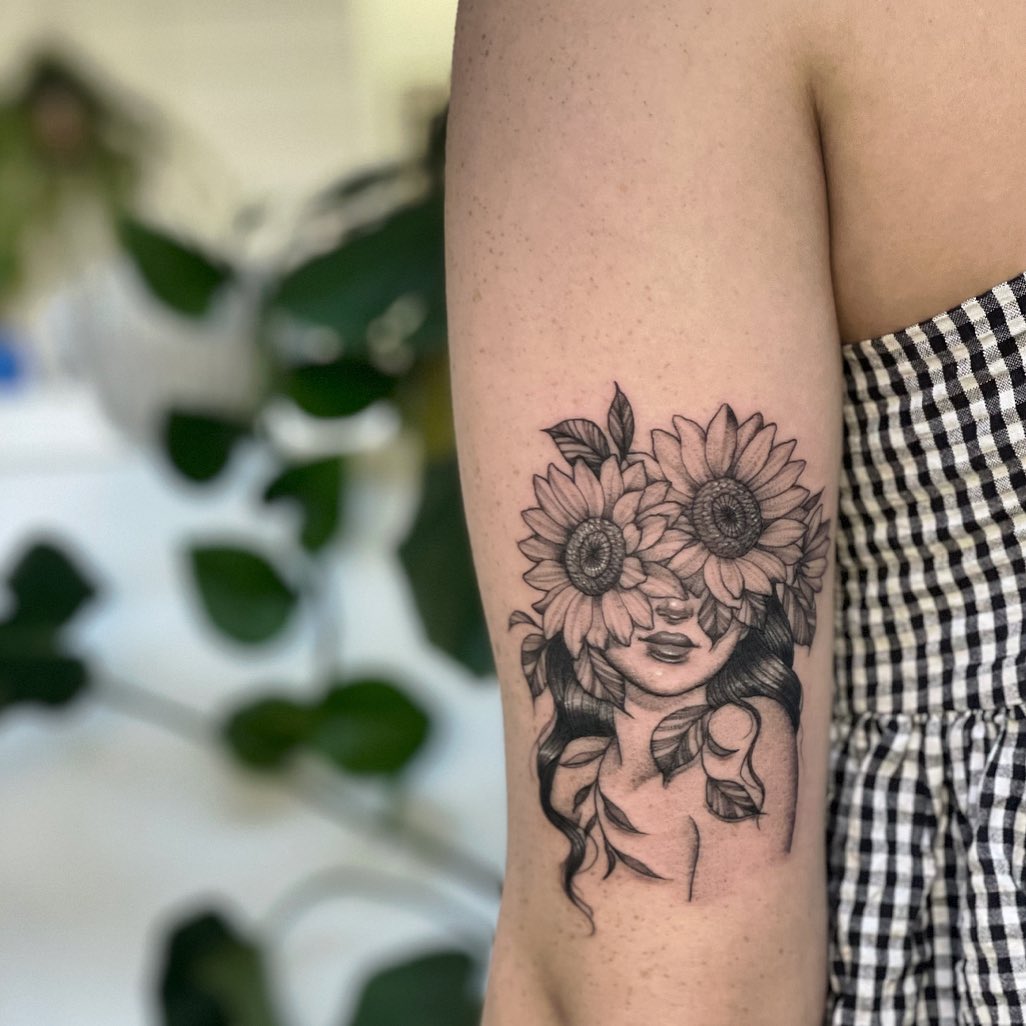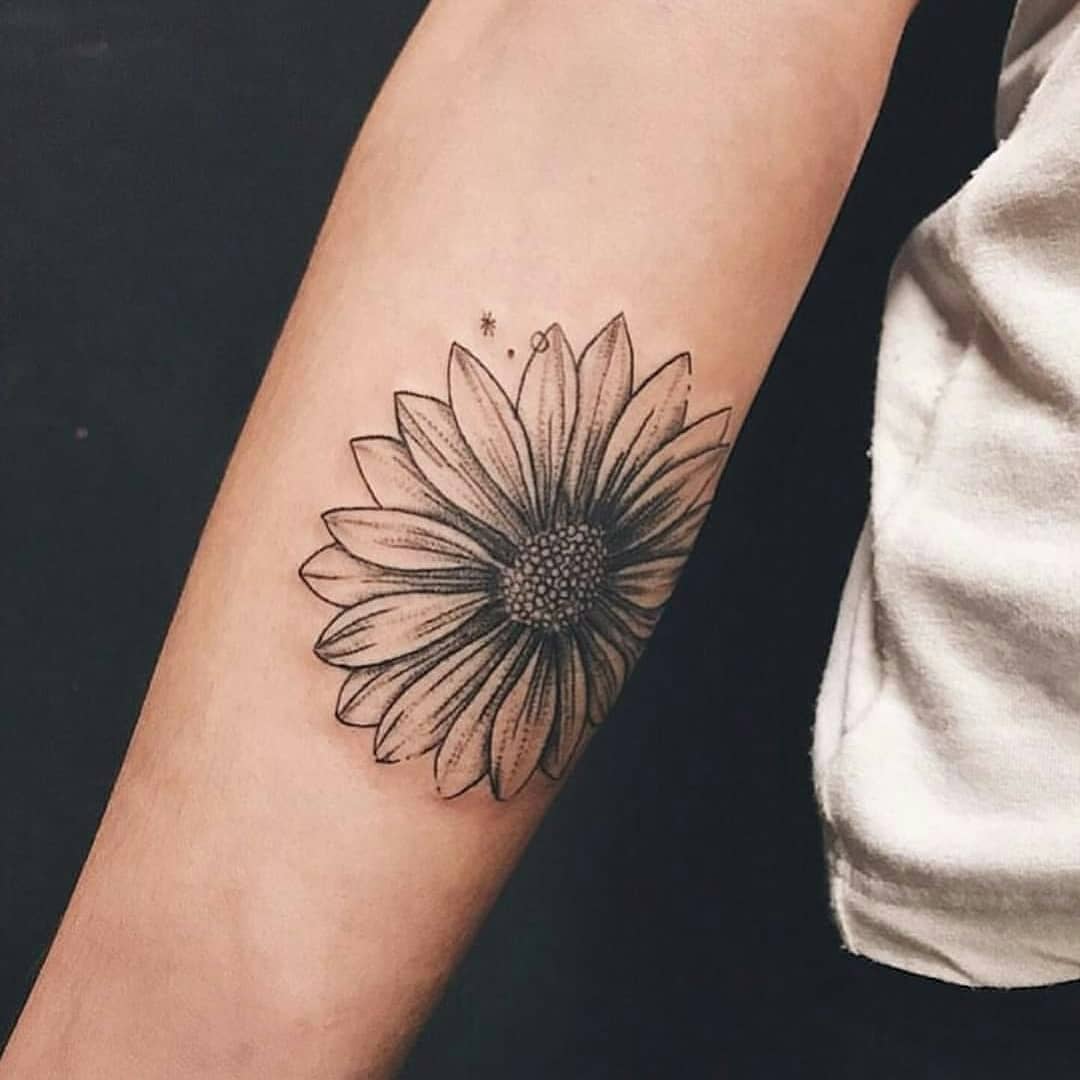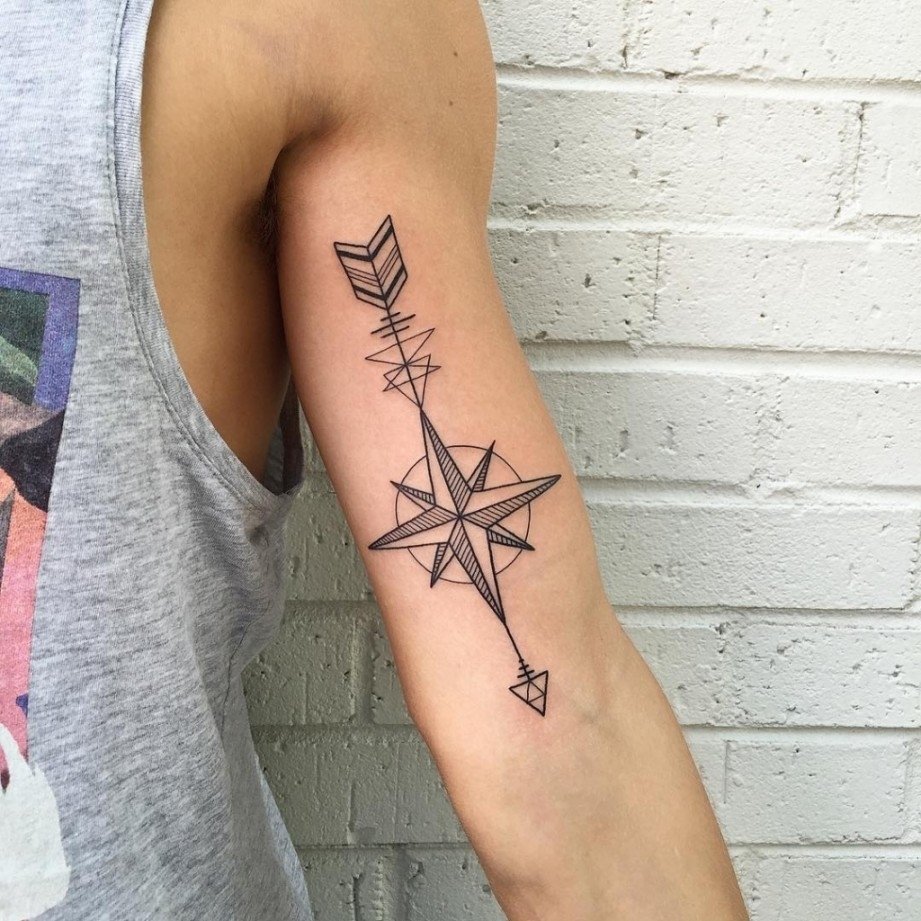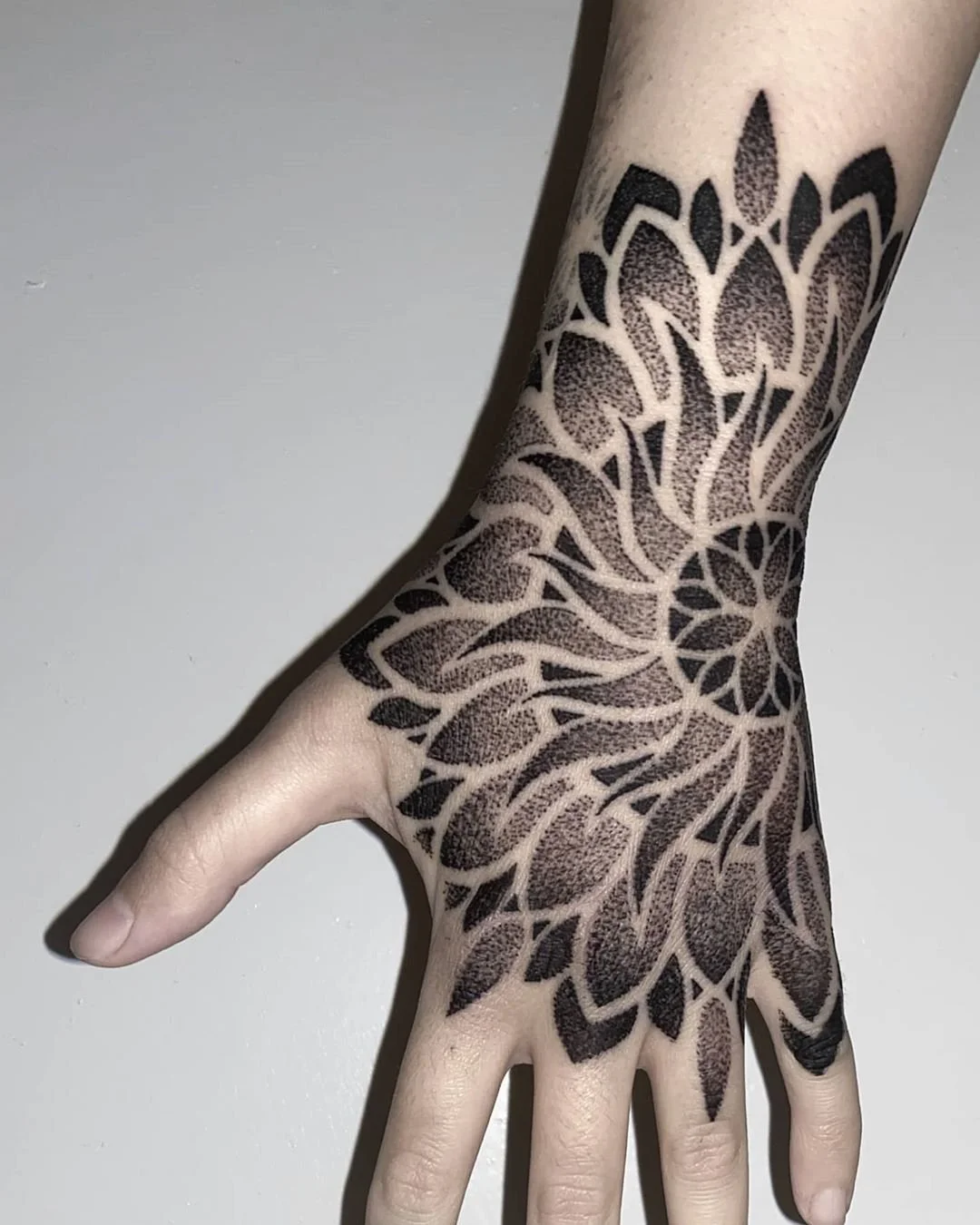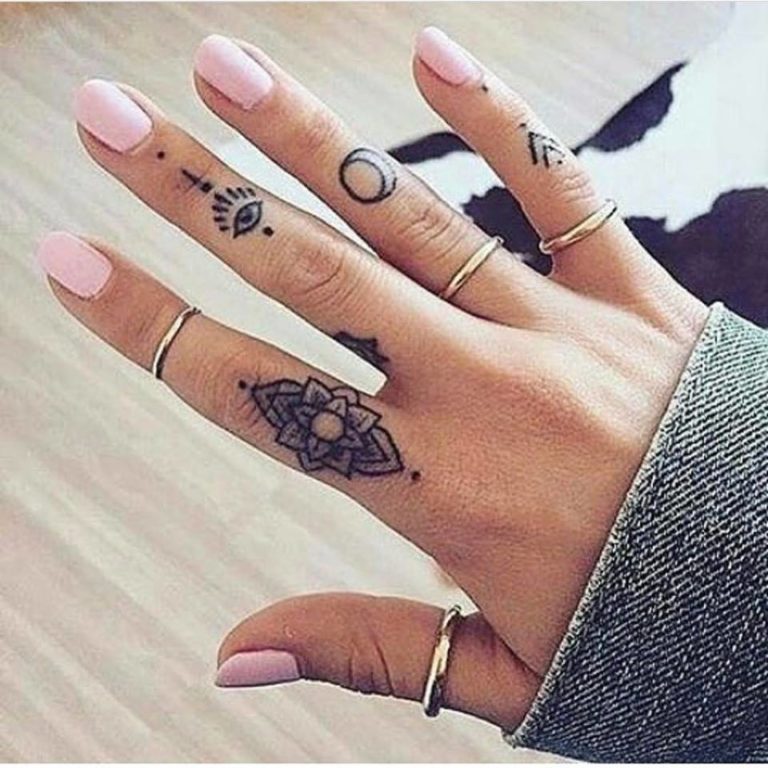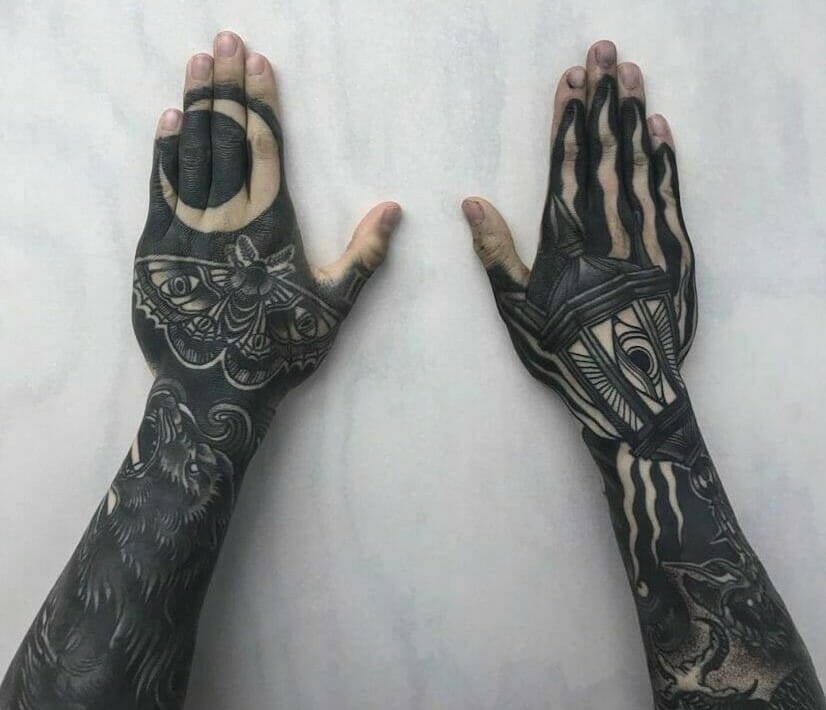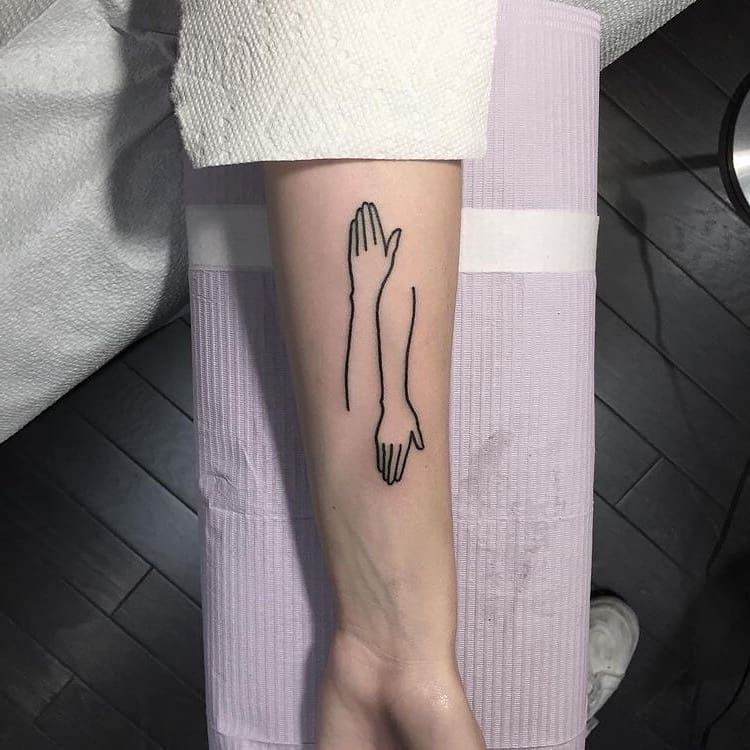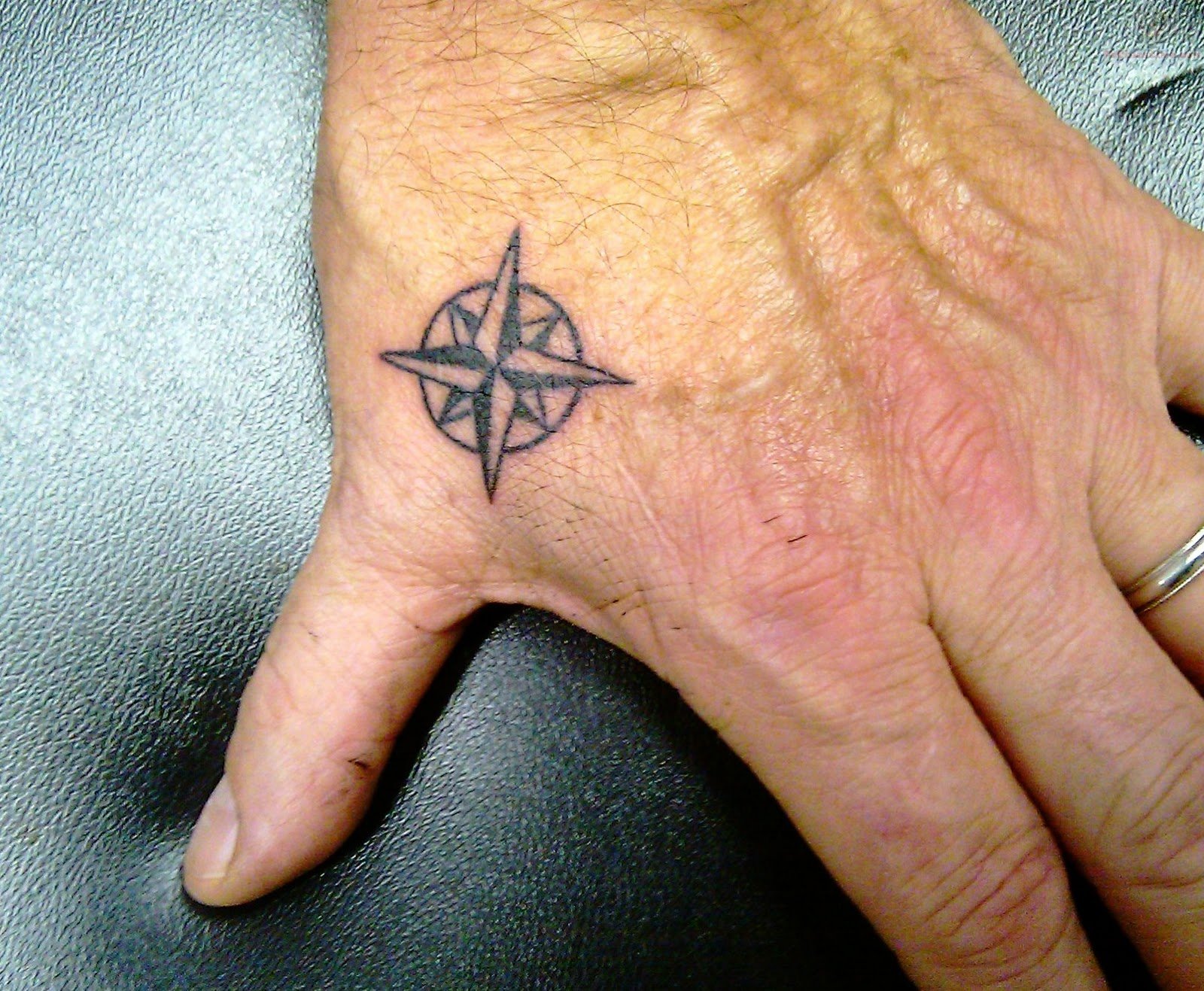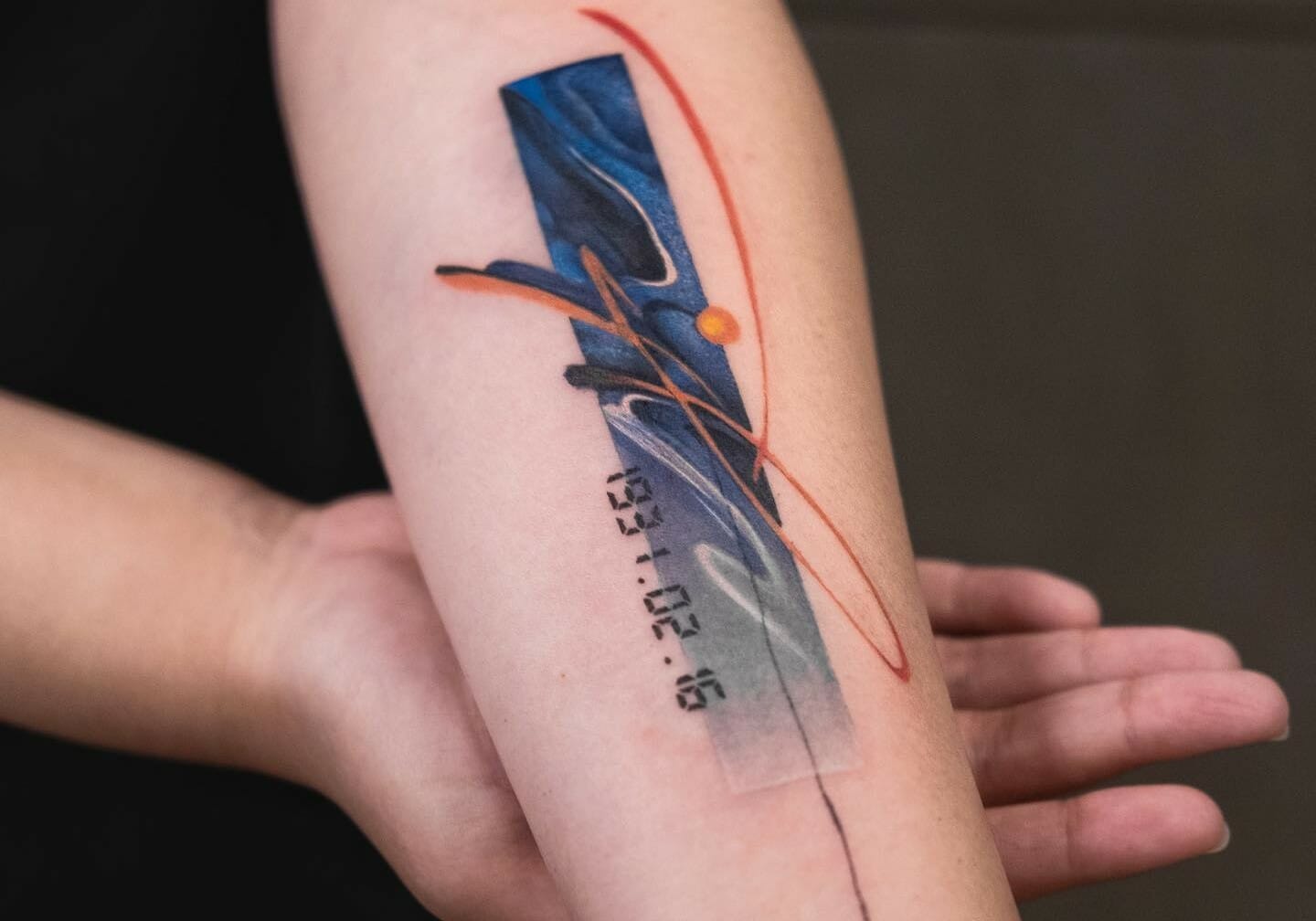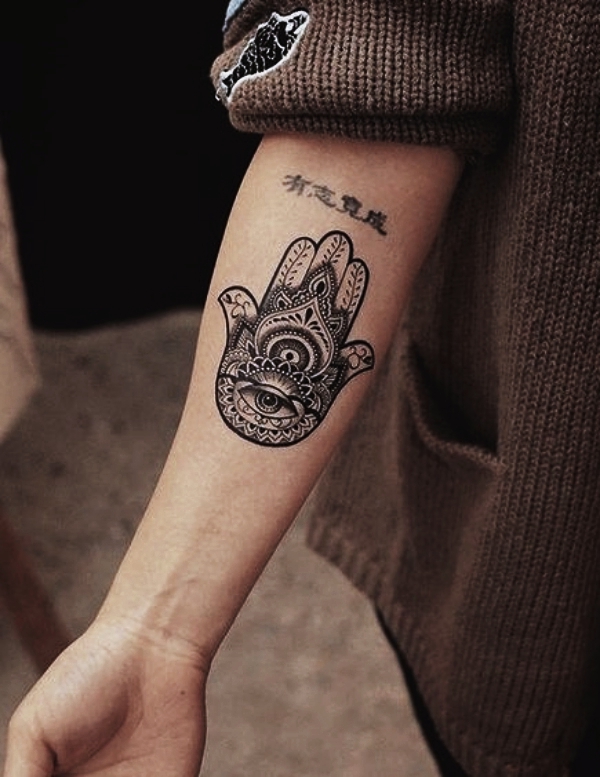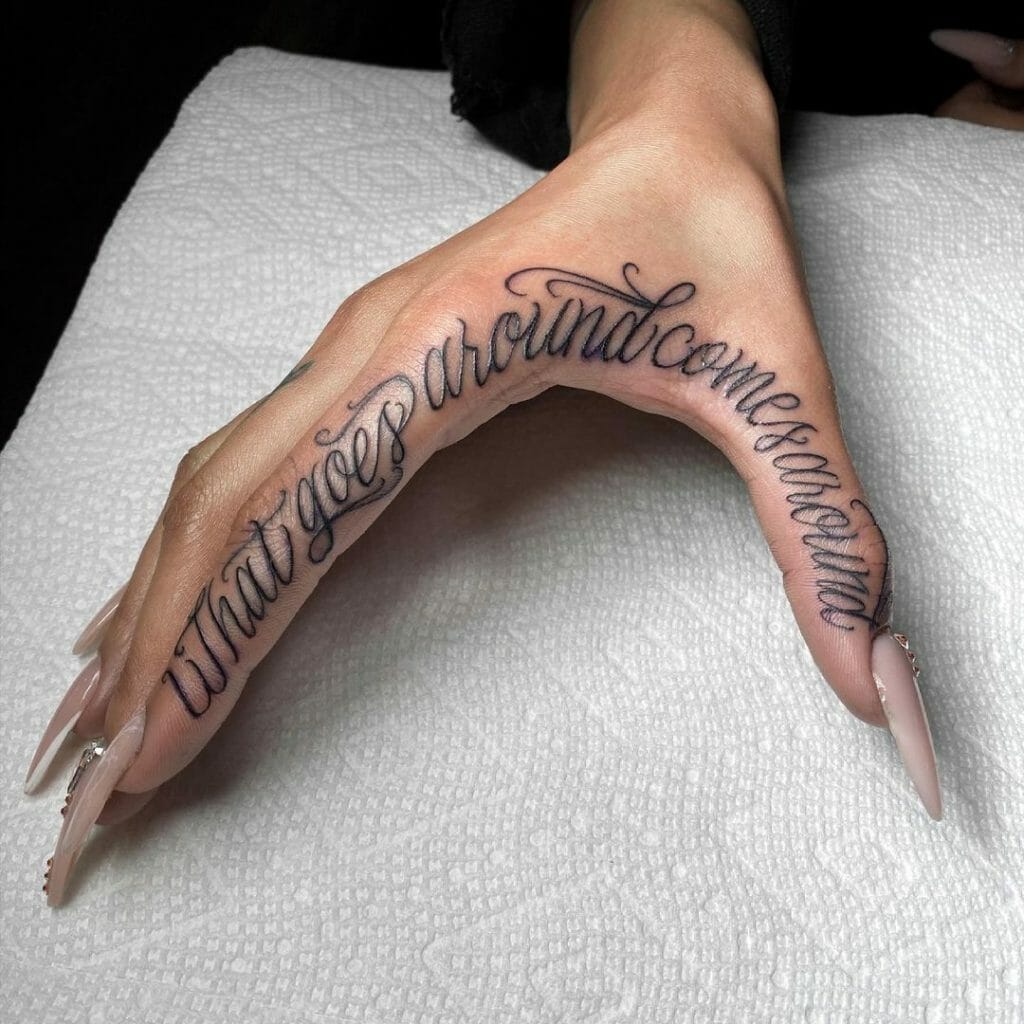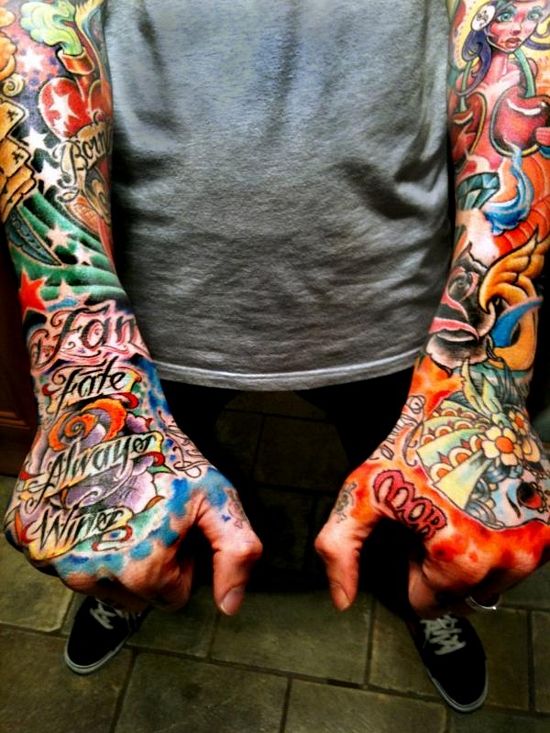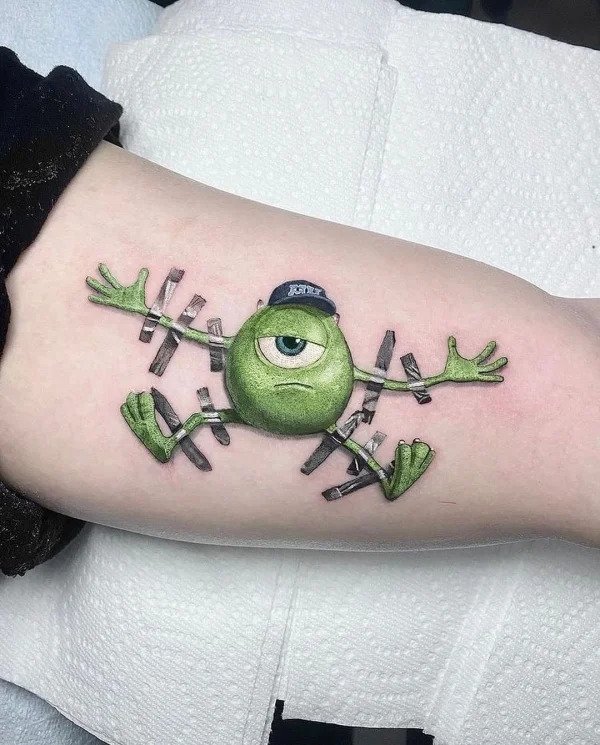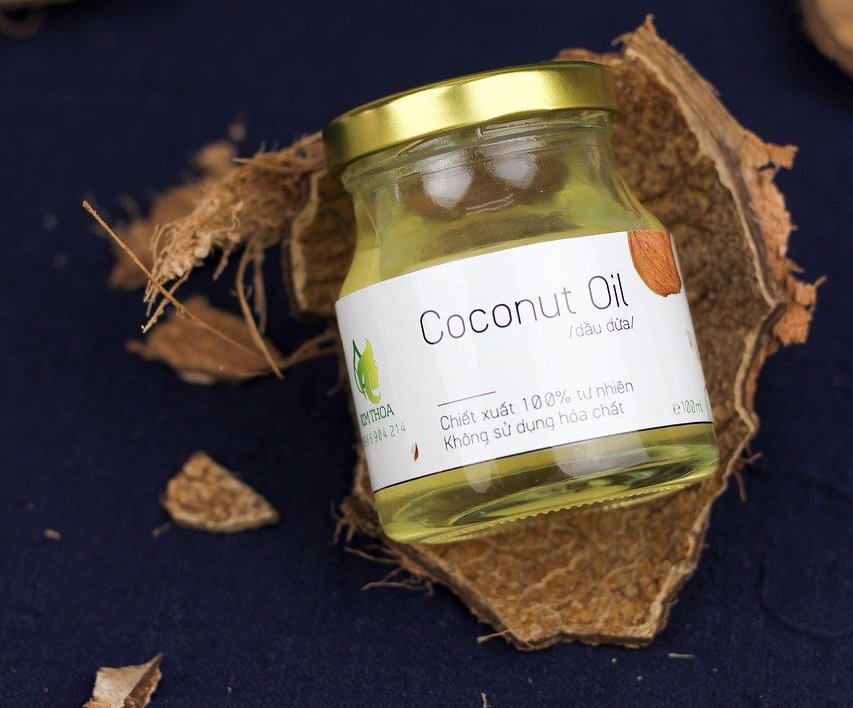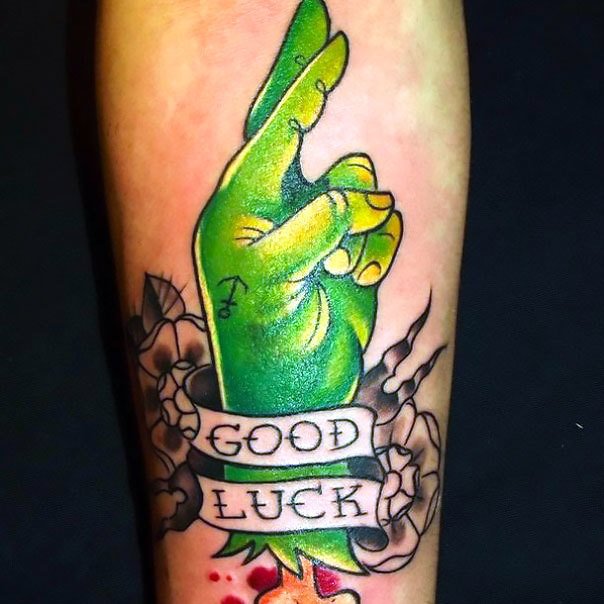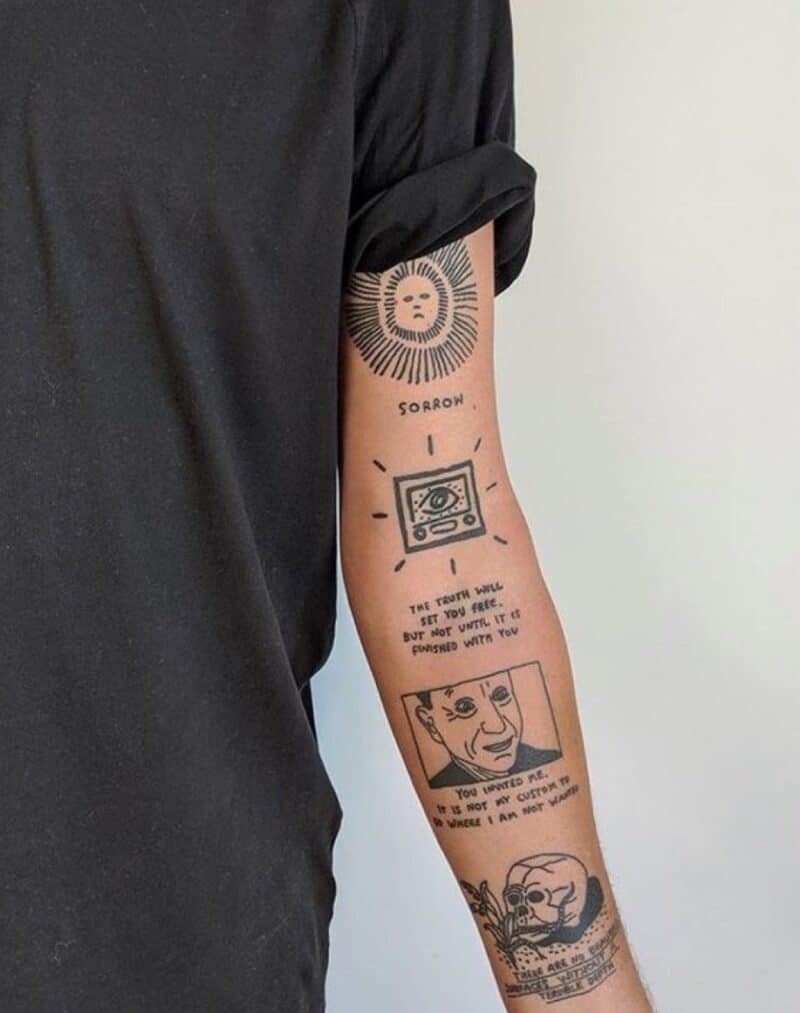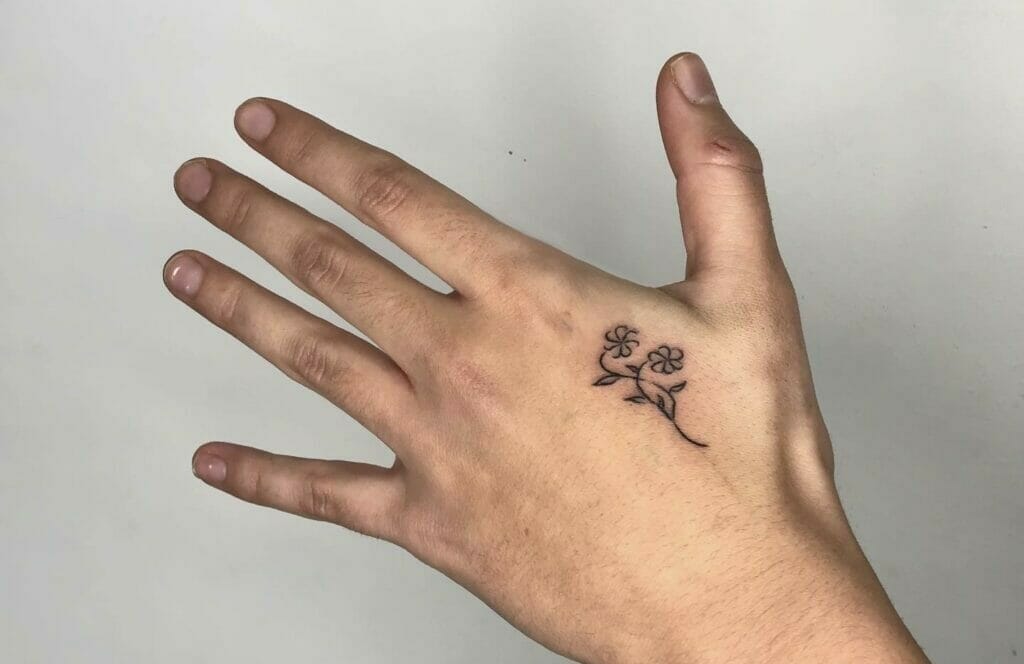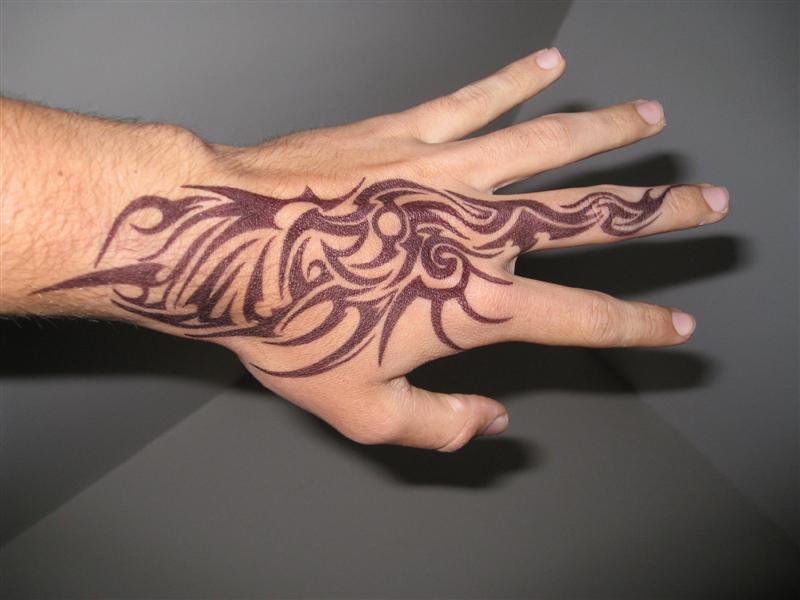
Are Watercolor Tattoos a Good Idea for Small Designs? A Brushstroke of Truth
Watercolor tattoos have taken the tattoo world by storm, captivating us with their ethereal beauty and delicate washes of color. They mimic the fluidity and transparency of watercolor paintings, creating stunning works of art on skin. But what about when we shrink these masterpieces down? Are watercolor tattoos a good idea for small designs? Let’s dive into the colorful depths and explore the pros, cons, and everything in between.
1. The Allure of Miniature Watercolor Magic
There’s something undeniably charming about a tiny watercolor tattoo. Imagine a delicate hummingbird flitting across your wrist, a miniature galaxy swirling on your ankle, or a single, vibrant bloom gracing your finger. The idea of encapsulating such beauty in a small space is incredibly appealing. These miniature masterpieces offer a subtle yet expressive way to adorn your body with art.
2. Why Small Watercolor Tattoos Spark Joy
Small watercolor tattoos offer a unique blend of artistry and subtlety. They can be easily concealed, making them perfect for those who prefer a more discreet form of self-expression. They’re also less of a commitment than larger pieces, allowing you to test the waters (pun intended!) of the watercolor tattoo style. Plus, the delicate nature of watercolor translates beautifully to smaller designs, creating an almost ethereal effect.
3. The Technical Tango: How Watercolor Tattoos Differ
Unlike traditional tattoos, watercolor tattoos rely heavily on the blending and layering of diluted inks to achieve their signature soft, gradient effect. This technique requires a skilled artist with a keen understanding of color theory and ink behavior on skin. The absence of bold outlines, a common feature in traditional tattoos, is what gives watercolor tattoos their distinctive painterly look. This is crucial to understand, as it directly impacts the longevity and suitability of small designs.
4. The Fading Factor: A Watercolor Reality Check
Now, let’s address the elephant in the room – or rather, the fading factor. Watercolor tattoos, by their very nature, are more prone to fading than traditional tattoos. This is due to the diluted inks and the lack of strong outlines to hold the color in place. While this is a concern for all watercolor tattoos, it becomes even more critical when considering small designs.
5. Small Details, Big Problems: Why Size Matters
With small watercolor tattoos, the limited canvas size poses a significant challenge. The intricate blending and subtle shading that define the watercolor style can be difficult to achieve effectively in a confined space. Over time, the colors may bleed together, blurring the design and losing its original definition. Fine lines may fade or disappear altogether, leaving you with a less-than-desirable result.
6. Choosing the Right Artist: A Non-Negotiable Imperative
If you’re determined to get a small watercolor tattoo, selecting the right artist is paramount. Look for an artist with extensive experience in watercolor tattooing, particularly with small designs. Scrutinize their portfolio for examples of healed small watercolor tattoos. Pay attention to the clarity of the lines, the vibrancy of the colors, and the overall definition of the design. Don’t be afraid to ask questions about their techniques and the inks they use.
7. Ink Selection: The Key to Longevity
The quality of the ink used in your watercolor tattoo can significantly impact its longevity. Opt for an artist who uses high-quality, pigment-rich inks specifically designed for tattooing. These inks are more resistant to fading and will help your tattoo retain its vibrancy for longer. Discuss ink options with your artist and ensure they understand the importance of using durable, lightfast pigments.
8. Design Considerations: Simplifying for Success
When it comes to small watercolor tattoos, simplicity is key. Avoid overly intricate designs with too many fine details. Opt for bold, clean shapes and a limited color palette. This will help ensure that the design remains legible and visually appealing over time. Think of a single, well-defined flower rather than a complex bouquet.
9. Placement Matters: Choosing the Right Spot
The placement of your small watercolor tattoo can also influence its longevity. Areas that experience a lot of friction or exposure to sunlight, such as the fingers, hands, and feet, are more prone to fading. Consider choosing a location that is less exposed and experiences less friction, such as the upper arm, shoulder, or back.
10. Aftercare: Nurturing Your Watercolor Creation
Proper aftercare is crucial for all tattoos, but it’s especially important for watercolor tattoos, particularly small ones. Follow your artist’s instructions carefully and keep the tattoo clean, moisturized, and protected from sunlight. Avoid picking or scratching the tattoo, as this can damage the delicate pigment and lead to fading.
11. Touch-Ups: Maintaining the Watercolor Magic
Even with the best artist, the highest quality ink, and meticulous aftercare, small watercolor tattoos may require touch-ups to maintain their vibrancy and definition. Be prepared to schedule regular touch-up appointments with your artist to keep your tattoo looking its best. Think of it as maintaining a delicate piece of art.
12. Exploring Alternatives: The Watercolor-Inspired Approach
If you’re concerned about the long-term viability of a small watercolor tattoo, consider exploring alternative styles that offer a similar aesthetic with greater longevity. For example, you could opt for a traditional tattoo with watercolor-inspired shading or a neo-traditional tattoo with bold outlines and vibrant colors.
13. The Hybrid Option: Blending Styles for Success
Another option is to combine elements of both traditional and watercolor styles. This approach involves incorporating a subtle outline to anchor the design while still maintaining the soft, blended colors of watercolor. This can help improve the tattoo’s longevity and prevent the colors from bleeding together over time.
14. Long-Term Expectations: Managing Your Perspective
It’s important to have realistic expectations when it comes to small watercolor tattoos. They are delicate works of art that require special care and attention. While they may not last as long as traditional tattoos, they can still be a beautiful and meaningful form of self-expression if done correctly.
15. The Verdict: Are Small Watercolor Tattoos Worth It?
Ultimately, the decision of whether or not to get a small watercolor tattoo is a personal one. If you’re willing to accept the potential for fading and are committed to finding a skilled artist and providing proper aftercare, then a small watercolor tattoo can be a beautiful and rewarding experience. However, if you’re looking for a tattoo that will last a lifetime with minimal maintenance, you may want to consider alternative styles.
Conclusion:
Small watercolor tattoos are a captivating trend, offering a unique blend of artistry and subtlety. However, their delicate nature and potential for fading require careful consideration. By choosing a skilled artist, simplifying the design, prioritizing proper aftercare, and managing your expectations, you can increase the chances of enjoying a beautiful and long-lasting small watercolor tattoo. But remember, knowledge is power, and understanding the nuances of this style is key to making an informed decision. So, do your research, consult with experienced artists, and weigh the pros and cons before taking the plunge into the watercolor world.
FAQs:
1. How often will I need to get a touch-up on a small watercolor tattoo?
The frequency of touch-ups depends on several factors, including the size and complexity of the design, the quality of the ink used, your skin type, and your aftercare routine. Generally, you can expect to need a touch-up every 1-3 years to maintain the vibrancy and definition of the tattoo.
2. What are the best colors for a small watercolor tattoo that will last longer?
Darker, more saturated colors tend to hold up better over time than lighter, pastel shades. Consider using colors like deep blues, greens, purples, and reds as the base for your design. You can still incorporate lighter colors, but use them sparingly and in areas that are less prone to fading.
3. Can I get a small watercolor tattoo covered up later if I don’t like it?
Covering up a watercolor tattoo can be challenging, especially if it has already faded or blurred. The light, transparent colors of watercolor can be difficult to conceal with darker inks. However, a skilled artist can often create a successful cover-up by incorporating the existing tattoo into a new design or using strategic placement and color choices.
4. Are there any specific skin types that are better suited for small watercolor tattoos?
While watercolor tattoos can be done on most skin types, they tend to look best on fair to medium skin tones. The lighter colors of watercolor can sometimes appear less vibrant on darker skin tones. However, a skilled artist can adjust the color palette and application techniques to create a beautiful watercolor tattoo on any skin type.
5. What’s the average cost of a small watercolor tattoo compared to a traditional tattoo of the same size?
Watercolor tattoos often cost more than traditional tattoos of the same size due to the specialized skills and techniques required. The artist needs to have a deep understanding of color theory, ink blending, and layering, which often translates to a higher hourly rate. The cost will also depend on the complexity of the design and the amount of time it takes to complete the tattoo.



